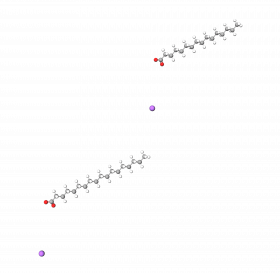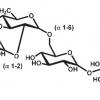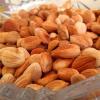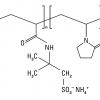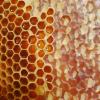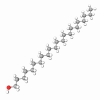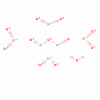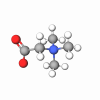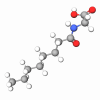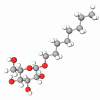Soap making is an ancient art that is made by combining a fatty acid base (sodium hydroxide or Lye - a naturally occurring mineral) with oils or fats in a process known as saponification. This natural process produces salts of fatty acids and glycerine. However, no "Lye" is left in a properly cured soap bar.
Sodium Tallowate is an animal fat or tallow saponification product mainly consisting of sodium salts of saturated fatty acids. Cattle tallow, a food industry byproduct, is usually used as a raw material. In modern production, Lye is replaced with pure sodium hydroxide, and tallow is heated with steam, resulting in more than 97% saponification.
Thanks to its performance, cost-effectiveness, and mild action, Sodium Tallowate is a common ingredient in soap bars used as a primary (base soap) or secondary detergent (foam booster). It is also included in many soap-base complexes combined with other soaps like Sodium Palmate, Sodium Palm Kernelate, Sodium Stearate, etc.
Sodium Tallowate is a white solid without odor, barely soluble in water. It has a long history of use as a soap, but it can also be used as a thickener and, in low quantities, as an emulsifier. It is a naturally derived, safe, and hypoallergic ingredient for soap bars and other cleansing applications.